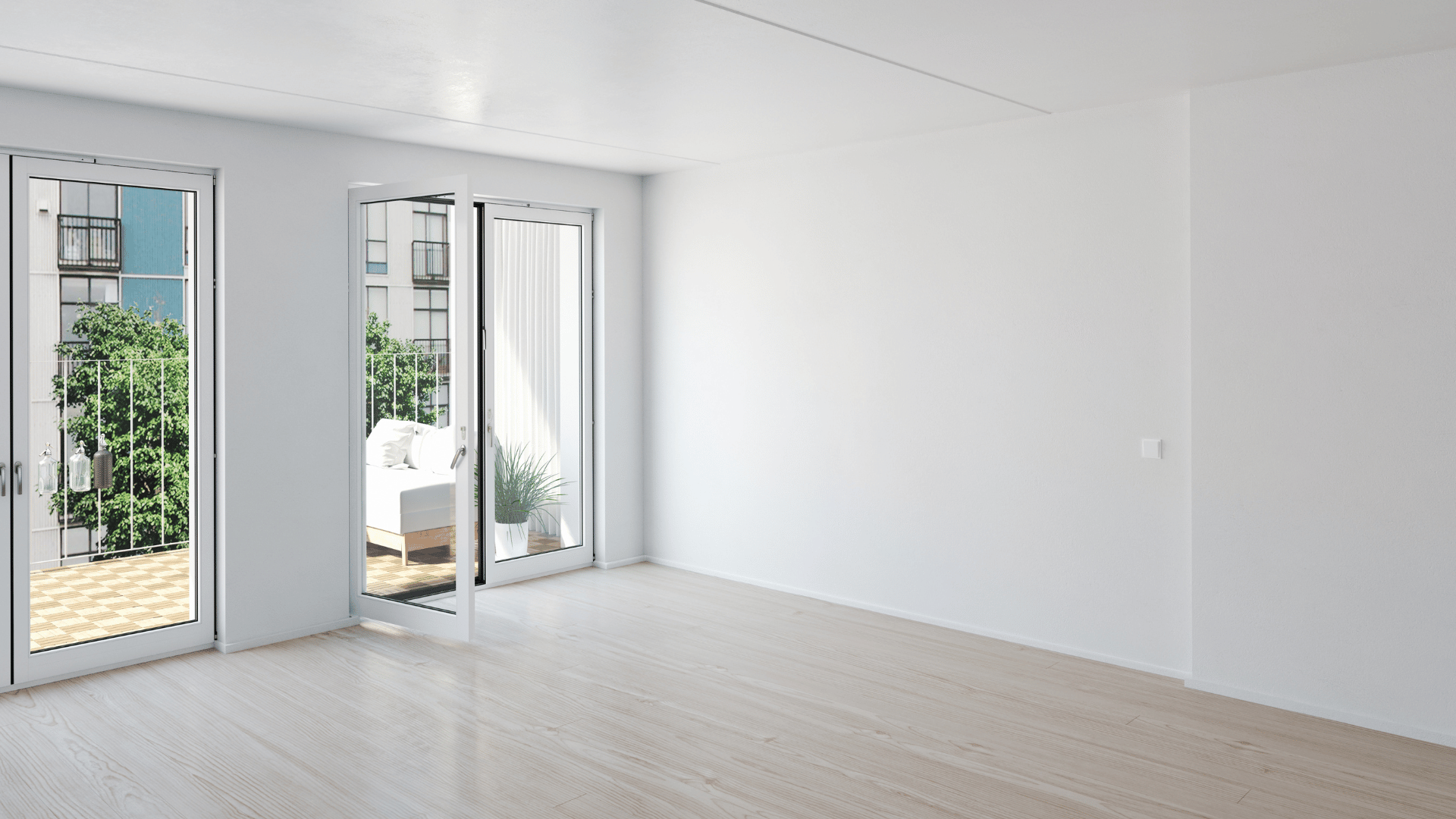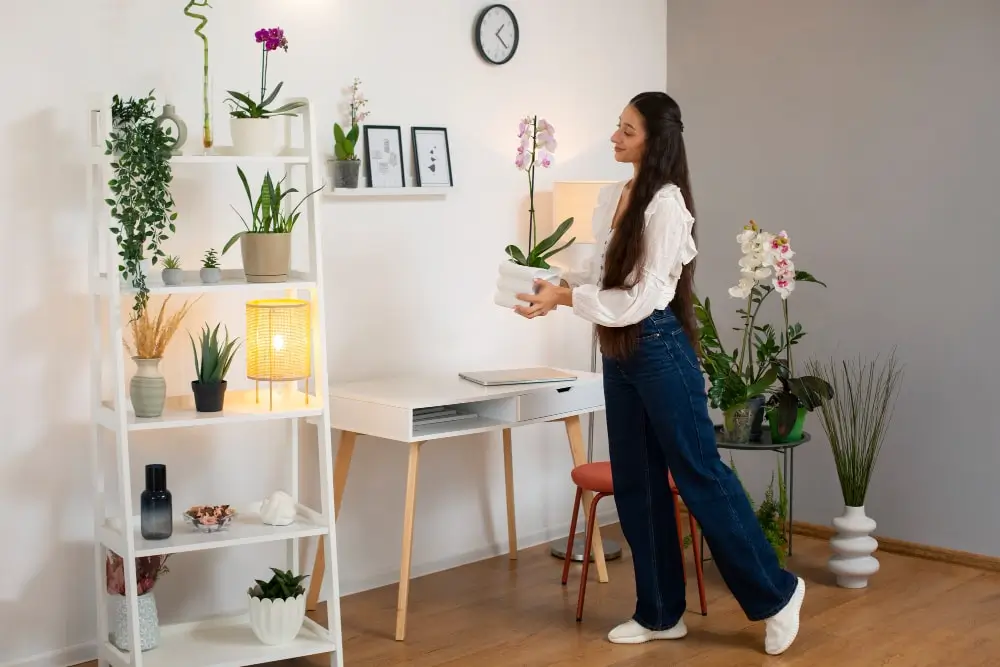Our homes had to change to accommodate new habits and activities as lives changed as a result of the coronavirus pandemic. Kids' bedrooms became homeschool areas, dining rooms and closets were converted into offices, and guest rooms were equipped with an exercise room and equipment. These multifunctional spaces were the result of need.
Even yet, as we cautiously approach a post-pandemic world, homeowners are turning more and more to "flex spaces" as a flexible fix for hitherto underutilized spaces.
What is a flex room?
Flex rooms are versatile areas in the home that have no "fixed" usage. Since the word "flex" is an acronym for "flexible," it was created to refer to this kind of space that may be used for almost whatever a homeowner would need or want at the time.
It is becoming more and more popular these days because it benefits and provides comfort to those who are around the house, particularly when they wish to update the interior decor. Playing around is also enjoyable because it gives you more freedom to express your creativity and seasonal mood.
Given the tenet, that change is the only constant in the world, perhaps having a flexible space available for occasional renovation and repurposing is revolutionary, particularly for homeowners who struggle to make decisions and wish to breathe new life into a particular section of the house.
Try these ideas for designing and creating a flexible space that fits your needs in order to make the most of the floor plan that already exists in your house.
Think beyond the designated purpose of a space.
Think about ways to make greater use of the least-used areas in other rooms in your house, like an additional closet, formal or dining room table, breakfast nook, or sitting room, by using flex space ideas. The room's original use may have been specified by the home's constructor, but you are free to reorganize if it no longer fits with your daily goals.
Think about your future requirements.
When brainstorming ideas for a flexible workspace, keep in mind that your demands for quiet space may vary over time and make adjustments as necessary. Choose furniture that is lightweight and portable so you can rearrange as needed.
Show off your individuality.
Make your flex area unique to your aesthetic. Take advantage of the chance to go big and choose a striking paint color or patterned wallpaper, for instance. Alter it to fit a specific interest or pastime.
What can you use flex rooms for?
Flex rooms are as flexible as their name suggests. It can serve as your home office, a man cave, a study space, an indoor sports area, a music room, or just general amusement. Interior designers can help you change it whenever you'd like.
You would want it to be, though. Your creativity is the only thing limiting the potential (obviously with some technical details, but you get the idea).
We've put up a list of seven flex room ideas below that you may modify to fit different rooms in your house so you can maximize your flex spaces:
Library or Home Office
Probably the most common application of a flexible living space is this. Quiet rooms are the best for studying, working, and reading.
Well, having a home office is advantageous for homeowners these days, especially with the growing popularity of working remotely from home. You can use a specific workplace in your home to use your computer in a distraction-free, quiet manner and to be productive. Given that number, it is not shocking that a large number of homeowners use their flex rooms for at-home offices.
The idea of a home office is similar to that of a study space. Still, it's a place where your children can complete their homework and participate in virtual classrooms. It's amazing how simple it is to give in to temptation and not finish your job at home. Having a dedicated workstation in your flex room will help you learn and maintain focus.
Entertainment Room
Do you enjoy watching TV shows on Netflix in excess or having Star Wars marathons at your house?
Makeover your flexible space into a media area. Your media room can be furnished to your heart's content. A surround sound system, a large-screen TV, and cozy seating—such as sectionals and recliner chairs—are common features of media rooms. Using a projector instead of your large-screen TV is another well-liked choice.
Additionally, you can use your extra room as a fun place to play ping-pong, air hockey, billiards, video games, and board games. Provide the guest room with lots of space for relaxed seating as well as storage for accessories and games.
A flex room can be a great place to install a movie theater, pool table, table tennis, or anything else you want to put in there to create a fun and social space for you and your loved ones. Having a special place to hang out and relax with one another is good.
Kids’ Play Space
It's a fact that children are naturally messy. Toys, games, and dress-up costumes should all have a designated area to prevent clutter in your house. Get a toy chest for the space or ask your builder to add built-in shelves for storage.
Your house won't become unduly cluttered if you set up a reading room as a specific area for your children's activities and toys, especially during playtime. Additional storage can be added to the game room by installing built-in shelving or a toy box. Installing a door in this room would allow you to close it when you have company around. This is another option to think about.
To keep the rest of the house tidy, let youngsters use their imaginations to transform one empty room into a theater, a tiny town, or even an indoor "campground." They can even just keep their toys in this room.
To prevent clutter and potential accidents, gather all of your children's toys in one area. It keeps your children safe and gives them a large space to play. Nonetheless, it is unlikely that the study and playroom should be located in the same area.
Craft Room
Do you have an enjoyable pastime that you truly enjoy? Why not create a dedicated area in your flex room where you can follow your passions? Having a flex space in your house lets you designate a specific room for you to showcase your interests, whether you're an artist, an exercise enthusiast, or an antique collector!
For crafts like sewing, painting, scrapbooking, and other crafts that need a lot of supplies and workspace, establish a dedicated space in a hobby room or an artistic center.
Another fantastic option is to make your flex space into a craft area! You can develop your artistic side and let your inner creativity flow. A canvas, knitting yarns, crocheting projects, and a lot more can be added. Make a boring room into a relaxing, enjoyable space where you can relax.
Make a craft room out of your flex space if you like to unwind by crafting jewelry. It can be a big pain to get out all of your creative supplies every time you work on a project. It will be more fun for you to paint, draw, and do other crafts if you have an area for them.
Everything you'll need is at your fingertips in your craft room. Include a table or workspace in your craft room design, along with shelves or cubbies to hold your supplies. Put up a bulletin board to showcase the artwork you or your children have created.
Workout Room
Sure, that's where we've all been. A home gym is a great way to meet your step count objective and get active while you're at home. For some, working out and burning calories in the comfort of their own home is more reassuring.
Having an empty space dedicated to your workout, whether you do yoga or weightlifting, can encourage you to stick with it.
Set aside a specific area or guest bedroom for the Peloton bike and free weights. For those fitness enthusiasts who prefer to work out without the burden of traveling to a posh gym, turning your flex room into an exercise space is ideal.
Make a yoga room in your additional room if downward dog and sun salutations are more your style. Adding mirrors, TVs, or padded floors to your workout space may be necessary, depending on what kind of exercise you perform.
Music or Dance Room
Do the children or you play an instrument? Is there a future ballerina in your family? Allocate a specific area for these pursuits.
Convert your flex space into a space for dancing or music. Your child can spend hours honing their guitar technique without bothering the other family members. You can also use the space as an extra bedroom for displaying their favorite hobby or storing their musical equipment.
The acoustics of your music room might be substantially improved with the new construction of a drum screen or cage if your goal is to turn that extra space into a home recording studio. This plexiglass barrier will assist with soundproofing as well as supporting appropriate room tuning for a more pleasing sound on recordings as well as in person.
Second Living Room
All you sometimes need is a peaceful spot to unwind, watch TV, or speak with a buddy. You can unwind and rest in an extra living room area with a couch and TV.
Our house plans feature flexible areas that can change to suit your requirements and be used in a variety of creative ways.
"Isolation" is another pattern that the epidemic has brought about; when we are ill and unwell, we frequently keep our distance from the people in our home until we recover. Furthermore, a flexible room can easily be converted into an isolation chamber if necessary.
However, some homeowners and guests who enjoy hosting parties frequently decide to use their flex rooms as extra living spaces. This will give your guests somewhere else to socialize when you have get-togethers. If you live in a multigenerational home, having an additional living room is very useful. While your children watch cartoons in one area, the grandparents can read their newspapers in peace in the additional living room.
The advantages of flexible spaces are also manifold. Here are a few advantages to it:
- Optimizing the use of space
- Ability to adhesive changing needs
- Improved organizational summary
- A growth in property value
- Benefits of well-being anf life
Finally, there are a ton of advantages that flex rooms provide for both businesses and households.
These adaptable rooms offer a solution for the shifting demands of modern living, from optimizing space efficiency and accommodating evolving needs to augmenting organizational effectiveness and boosting property value.
Individuals and companies can benefit from a highly useful and adaptable space by designing with flex rooms and multiple functions, which will ultimately increase productivity and quality of life.










